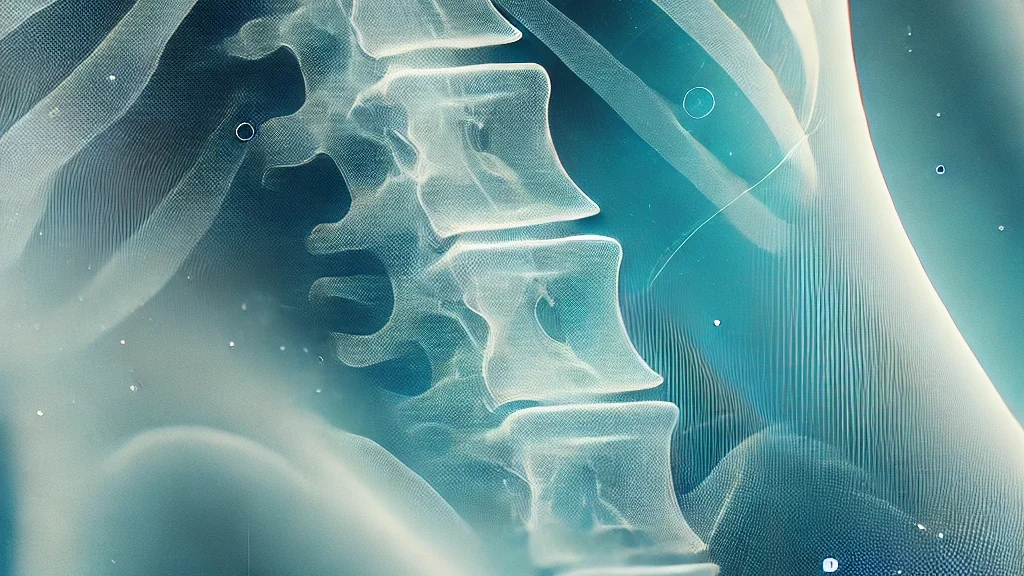The Dynamic Casimir Effect
Physicist Susanne Yelin on mirrors in a laser cavity, nano-optomechanics, and creating photons out of nothing ...

The X-ray Tube is the primary source of X-ray radiation.
An X-ray tube is a vacuum glass envelope containing electrodes: a tungsten filament cathode and a metal anode with high conductivity. These electrodes are connected to a high-voltage source, up to several hundred thousand volts. The glass of the tubes can vary depending on their intended use.
When a current is applied, the cathode emits electrons, which are accelerated by the electric field created between the cathode and anode. This process is called electronic emission. Upon reaching the anode, the electrons decelerate and lose most of their energy, resulting in the production of braking radiation in the X-ray range. The majority of the electrons’ energy is converted into heat. To prevent overheating, the anode is connected to a cooling system, which can use water, oil, or an air stream.

Each tube contains a focal spot on the anode, where the electrons converge and from which the X-ray radiation originates. The size of the focal spot affects the quality and size of the radiation beam. There are tubes with normal focal spots (6–7 mm²) and fine focal spots (a few hundredths or thousandths of a square millimeter).
An unconventional application of X-ray radiation is in art history. It can reveal details about the creation of paintings and other artworks, provide insights into the artists’ techniques, and help determine optimal conditions for preserving museum exhibits.

Physicist Susanne Yelin on mirrors in a laser cavity, nano-optomechanics, and creating photons out of nothing ...

Matematician Hadi Godazgar on the Big Bang, black holes, and the Information Paradox

Physicist Martin McCall on Maxwell's equations, hiding objects with light, and invisibility cloaks